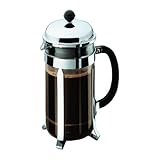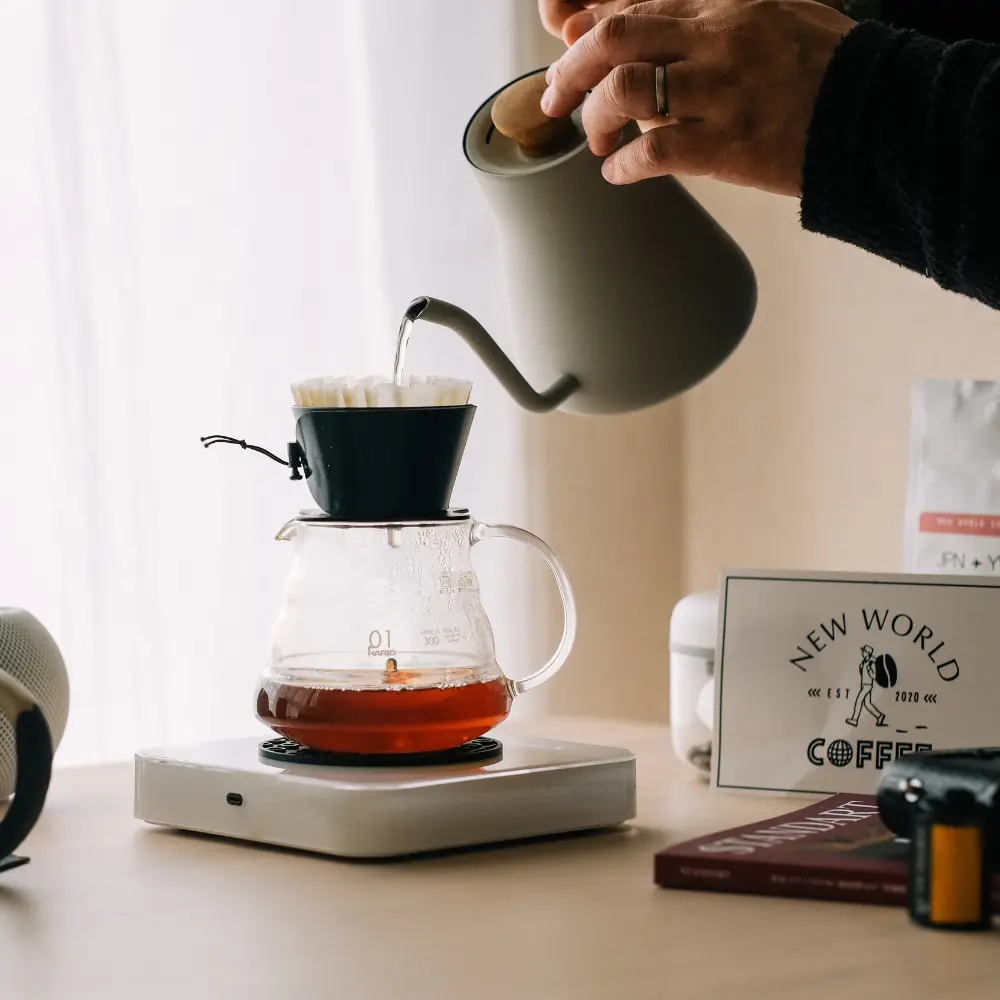There’s nothing quite like the aroma of freshly brewed coffee wafting through your home in the morning. It’s a surefire way to kick-start your day and get your energy flowing. But what happens when you’re all set to brew your beloved cup of joe and realize that you’ve run out of coffee filters? A moment of panic, we know! But, before you rush to the store, take a pause. You’re about to discover that the world of coffee brewing is not strictly limited to those thin, often bleached paper filters.
Welcome to our comprehensive guide, aptly titled “Coffee Filter Substitutes: Innovative Brewing Solutions for the Perfect Cup”. This is the place where we unlock creativity in the kitchen and turn what could have been a coffee catastrophe into an opportunity for discovery and even, dare we say, improvement in your daily brew.
If you’ve ever found yourself wondering, “What can I use as a coffee filter?”, you’re not alone. Many coffee enthusiasts have faced this dilemma, and some innovative solutions have emerged over time. This guide is all about exploring those coffee filter substitutes, from common household items to creative DIY solutions. We’ll delve into their effectiveness, the taste variations they offer, and tips on making the best brew with these alternatives.
So, let’s dive in, learn together, and ensure that our morning ritual or afternoon pick-me-up is never disrupted, no matter what. Prepare yourself for an interesting brewing journey as we unravel the mysteries of coffee filter substitutes.
Coffee Filter Substitutes: Key Takeaway
- Coffee Filter Varieties: Understanding the role and types of coffee filters – paper, metal, cloth, and others – helps us appreciate their impact on coffee’s taste and texture.
- Common Household Substitutes: Everyday items like paper towels, napkins, and cheesecloth, or even a fine mesh sieve, can serve as practical coffee filter substitutes in a pinch, helping you brew coffee without any specialized equipment.
- DIY Filter Substitutes: With a bit of creativity, you can make your own coffee filter substitutes. Ideas include homemade cloth filters, using pantyhose, coffee socks, reusable tea bags, or even creating a perforated foil filter.
- Filterless Brew Methods: Not all coffee brewing methods require a filter. Techniques like the Cowboy Coffee method, the Eggshell Trick, and using a French Press can provide you with a delicious cup of coffee without the need for a traditional filter.
- Getting the Best from Your Substitute: Tips for brewing with substitutes, common mistakes to avoid, and advice for maintaining and cleaning DIY coffee filters can help you make the most of your coffee filter substitute, ensuring a delicious and satisfying brew each time.
Understanding the Role of Coffee Filters
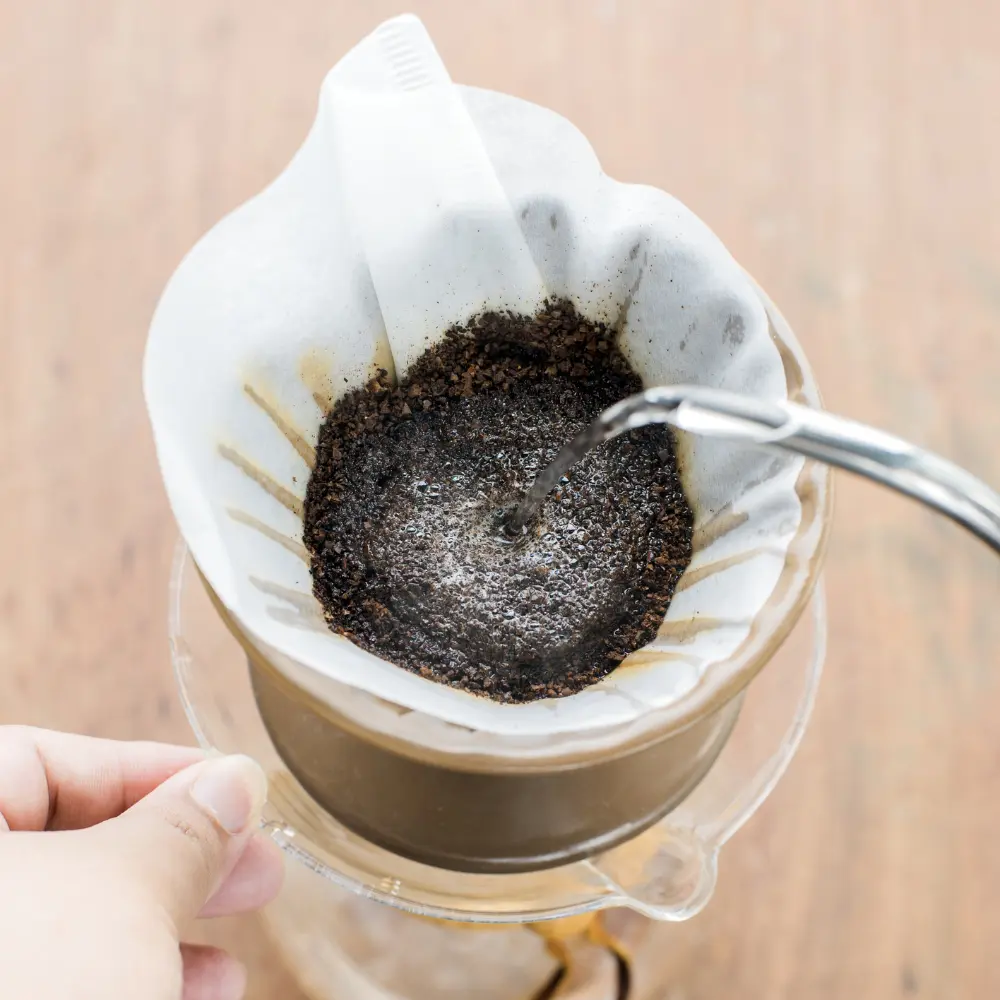
Coffee filters play an integral role in the coffee-making process. Their purpose extends beyond just preventing coffee grounds from making it into your cup. They also have a significant impact on the overall taste, texture, and even the healthiness of your coffee. Before we delve into what can be used as a substitute for a coffee filter, let’s get a better understanding of why they’re so crucial.
Why Do We Need Coffee Filters?
Coffee filters serve several purposes.
- First and foremost, they separate the coffee grounds from the water. This makes the difference between a smooth, satisfying cup of coffee and one filled with bitter, unpleasant grounds.
- Second, they help control the brewing process. As the hot water passes through the filter, it extracts the coffee’s flavors. This extraction process is what gives coffee its aroma, body, and taste. Without a filter, the water could flow through the grounds too quickly, resulting in weak, under-extracted coffee, or too slowly, leading to overly strong, over-extracted coffee.
- Third, filters trap oils and sediments that could make your coffee cloudy and muddy. Some filters are even designed to remove certain substances like diterpenes that are associated with raising cholesterol levels.
Types of Coffee Filters: Paper vs Metal vs Cloth

There are several types of coffee filters to choose from, and your choice can significantly impact your coffee’s taste and texture.
- Paper Filters: These are the most common type and are typically used in drip coffee makers and certain pour-over coffee makers like the Chemex. They are disposable, which makes for easy cleanup, but this also means they are less environmentally friendly. Paper filters do an excellent job of filtering out coffee grounds and oils, resulting in a clean, light coffee. They also come in bleached (white) and unbleached (brown) varieties, with the latter being more eco-friendly.
- Metal Filters: Often made from stainless steel or gold, metal filters are reusable and, thus, more environmentally friendly. Used in many types of coffee makers, including some drip and pour-over models, as well as in French presses, they allow more oils and fine coffee particles into the final brew. This results in a coffee with a fuller body and richer flavor compared to paper-filtered coffee. However, the brew can be a bit cloudier.
- Cloth Filters: Found in some pour-over and vacuum coffee makers, cloth filters offer a happy medium between paper and metal filters. Like metal filters, they are reusable, making them a more eco-friendly option than paper. They allow some oils to pass through, giving your coffee more body than paper-filtered coffee, but less sediment than metal-filtered coffee. However, they require careful cleaning and eventually need to be replaced.
Impact of Coffee Filters on Taste and Texture
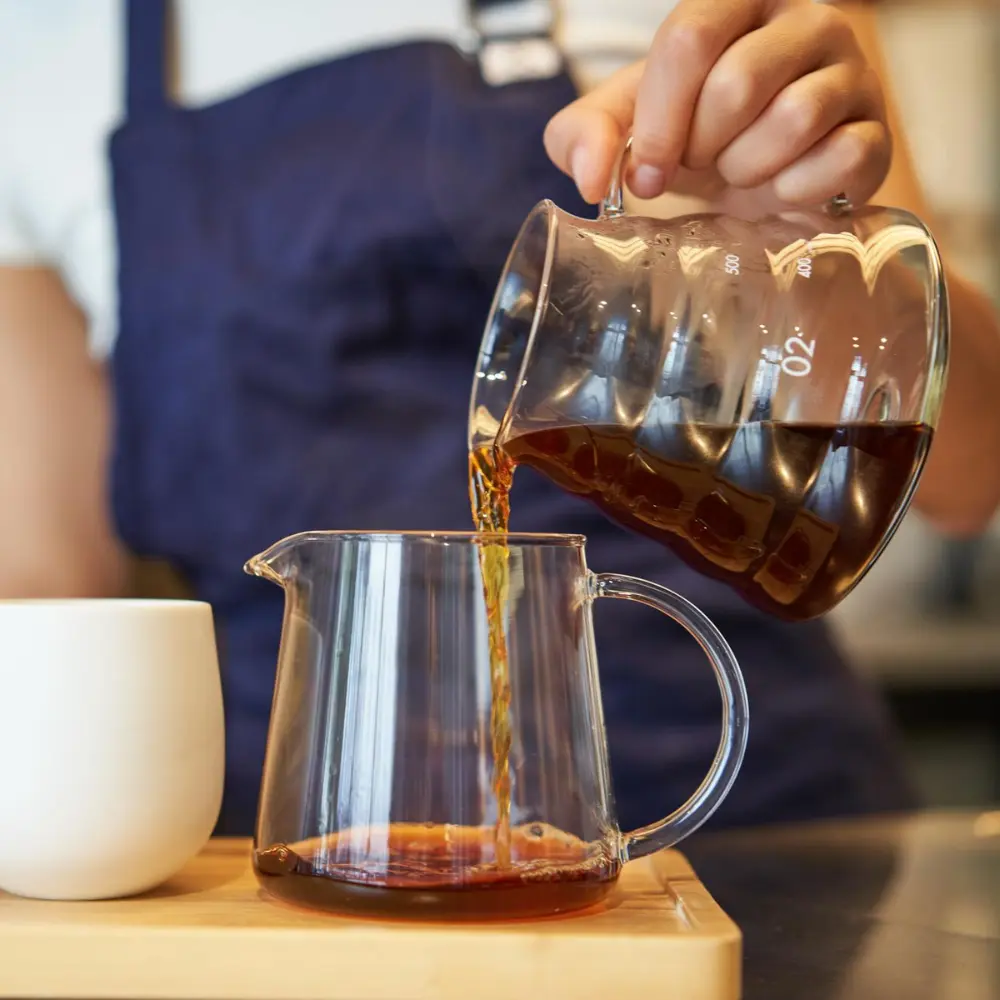
The type of coffee filter you use doesn’t just impact the presence of coffee grounds in your cup – it can also change the coffee’s taste and texture. Paper coffee filters produce a brighter, lighter cup of coffee, while metal filters, due to their larger pores, allow more oils and fine coffee particles into the final brew, yielding a richer, fuller-bodied coffee.
In essence, the world of coffee filters is more complex than one might initially think. Knowing this can help us better understand and appreciate the potential effects when we resort to a substitute for a coffee filter. In the following sections, we’ll uncover several of these substitutes, offering you innovative solutions to continue enjoying your coffee even when a filter isn’t readily available.
Common Household Items as Coffee Filter Substitutes
When you find yourself out of coffee filters, it’s time to get creative and make use of what you have on hand. Many common household items can serve as practical coffee filter substitutes, saving your morning routine and ensuring you don’t miss out on that essential cup of joe. Let’s explore what to use instead of a coffee filter.
Using a Paper Towel or Napkin

In a pinch, a simple paper towel or napkin can act as an effective coffee filter substitute. Their texture and absorbency are quite similar to that of a paper filter.
- Cut or fold the paper towel or napkin to fit your filter basket. Ensure it covers all sides.
- Pour the coffee grounds into the makeshift filter, following your usual coffee-to-water ratio.
- Brew as usual. The paper towel or napkin should keep the grounds from falling into the coffee.
- Dispose of the paper towel or napkin responsibly after use.
Do remember that this is a quick-fix solution. Regular use of paper towels or napkins is not very environmentally friendly, and they might break when wet, so handle them with care.
Cheesecloth: A Reusable Alternative
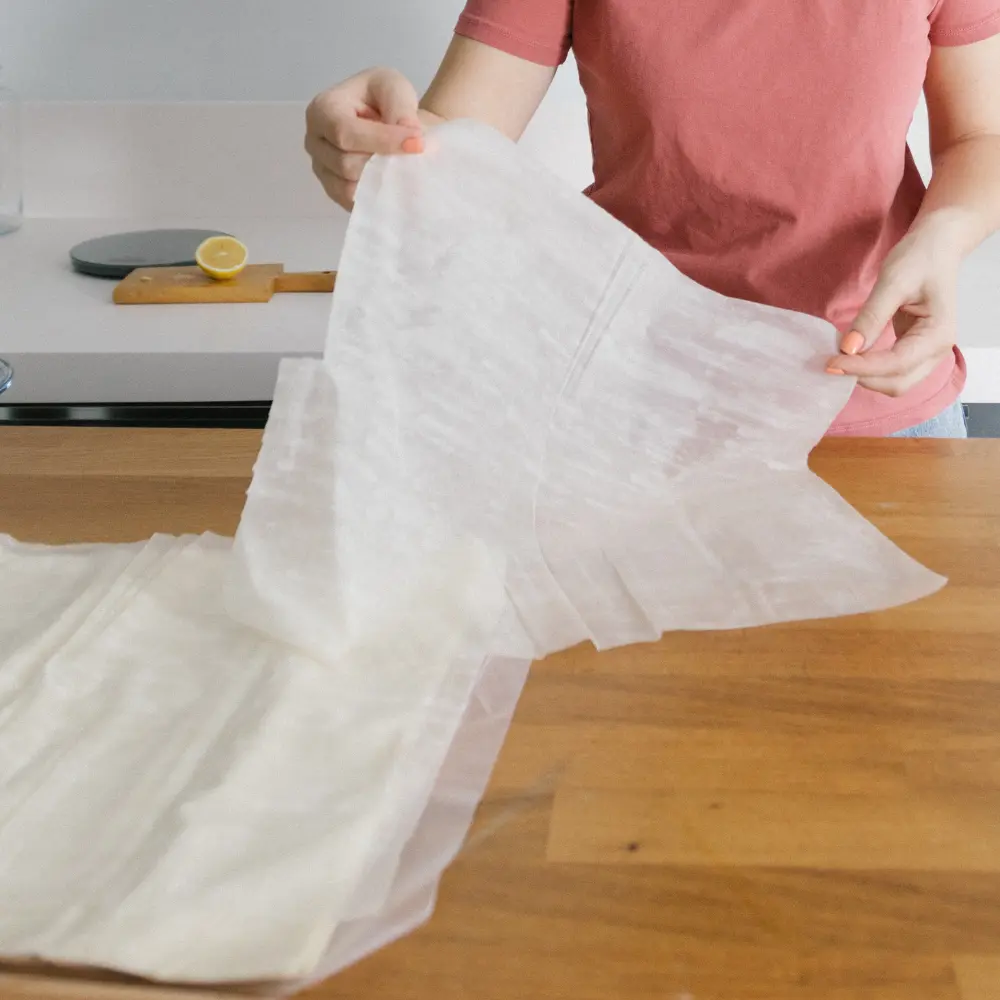
If you’re looking for a more sustainable coffee filter substitute, cheesecloth might be your answer. It’s reusable, easy to clean, and can give your coffee a unique, robust flavor.
- Cut the cheesecloth to the right size to fit your filter basket. Folding it over a few times can help catch more coffee grounds.
- Place the cheesecloth in the basket, add your coffee grounds, and brew as usual.
- After brewing, dump the grounds, rinse the cloth well, and let it dry for future use.
Using cheesecloth as a filter will allow more oils to pass into your brew, similar to a metal filter. This can give your coffee a richer, fuller-bodied flavor.
Fine Mesh Sieves and their Efficiency

Another common household item that can serve as a coffee filter substitute is a fine mesh sieve. These are especially useful if you grind your coffee beans to a coarse grind.
- Place the sieve over your coffee pot or cup.
- Add your coffee grounds directly into the sieve.
- Slowly pour hot water over the grounds, letting the coffee drip into your cup.
While this method may not catch all of the finer particles, it should still provide a decent cup of coffee. Remember to clean the sieve thoroughly after each use.
A Clean Sock: The Classic Quick Fix

Believe it or not, a clean sock (preferably cotton) can serve as a surprisingly effective coffee filter substitute, and in some cultures, this is a traditional method of brewing coffee. There is also a product called a “coffee sock“. It’s a reusable filter made from organic cotton that’s designed to replace paper filters. They’re a fantastic, eco-friendly coffee filter substitute.
- Choose a clean, cotton sock and stretch it over the mouth of your coffee cup or pot.
- Add your coffee grounds into the sock.
- Slowly pour hot water over the grounds, allowing the brewed coffee to drip into the cup.
- Rinse and hang the coffee sock to dry after each use.
Coffee socks are durable and can last for a long time with proper care, making them a cost-effective and sustainable choice. This method works best with medium to coarse-ground coffee, as finely ground coffee may slip through the fabric. Remember to clean the sock thoroughly after use.
A Kitchen Towel: For Large Brews

Similar to a sock, a clean kitchen towel, especially one made of linen or cotton, can work as a makeshift coffee filter. This option is particularly useful when making large quantities of coffee.
- Line the filter basket or a large funnel with the kitchen towel.
- Add the coffee grounds and brew as usual.
- After brewing, empty the grounds and wash the towel for future use.
As with the sock method, a kitchen towel filter is best suited to medium or coarse-ground coffee.
These common household items might just save your coffee routine when you’re out of filters. Experiment with these substitutes and see which one brews your perfect cup!
Innovative DIY Coffee Filter Substitutes
Sometimes, brewing the perfect cup of coffee requires thinking outside the box. When your standard coffee filter isn’t available, creativity is key. This section will focus on DIY coffee filter substitutes, each providing a unique and often sustainable alternative to traditional filters.
Homemade Cloth Filters
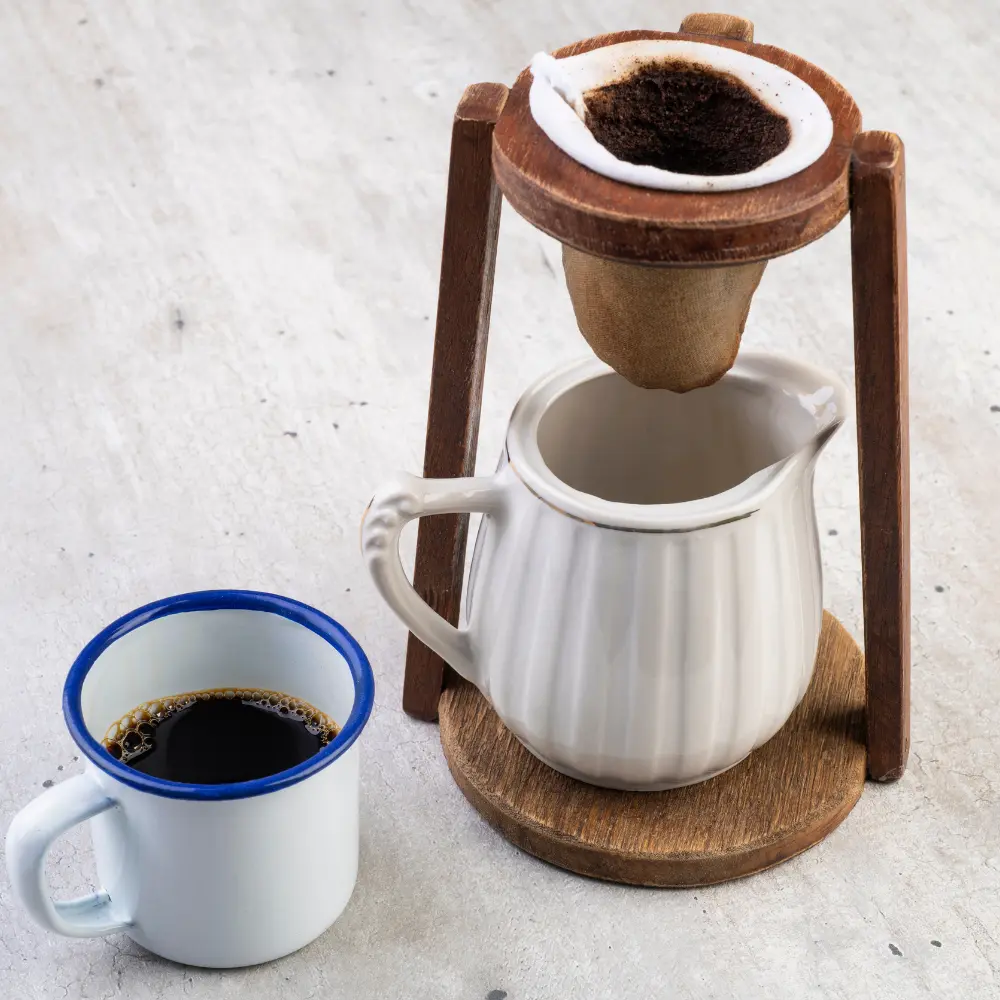
A DIY cloth filter is a brilliant coffee filter substitute when you’re in a pinch. Plus, it’s reusable, making it a more sustainable option.
- Select a piece of cotton or linen cloth. An old (but clean) t-shirt, tea towel, or handkerchief will do.
- Cut it into a square or circle that fits over your coffee cup or pot, leaving enough extra to hang over the edges.
- Add your coffee grounds into the cloth, making a small pouch.
- Secure the pouch with a piece of string or a rubber band.
- Slowly pour your hot water over the pouch and let your coffee brew.
After brewing, remove the pouch, discard the grounds, and thoroughly wash the cloth for future use.
The Pantyhose Hack
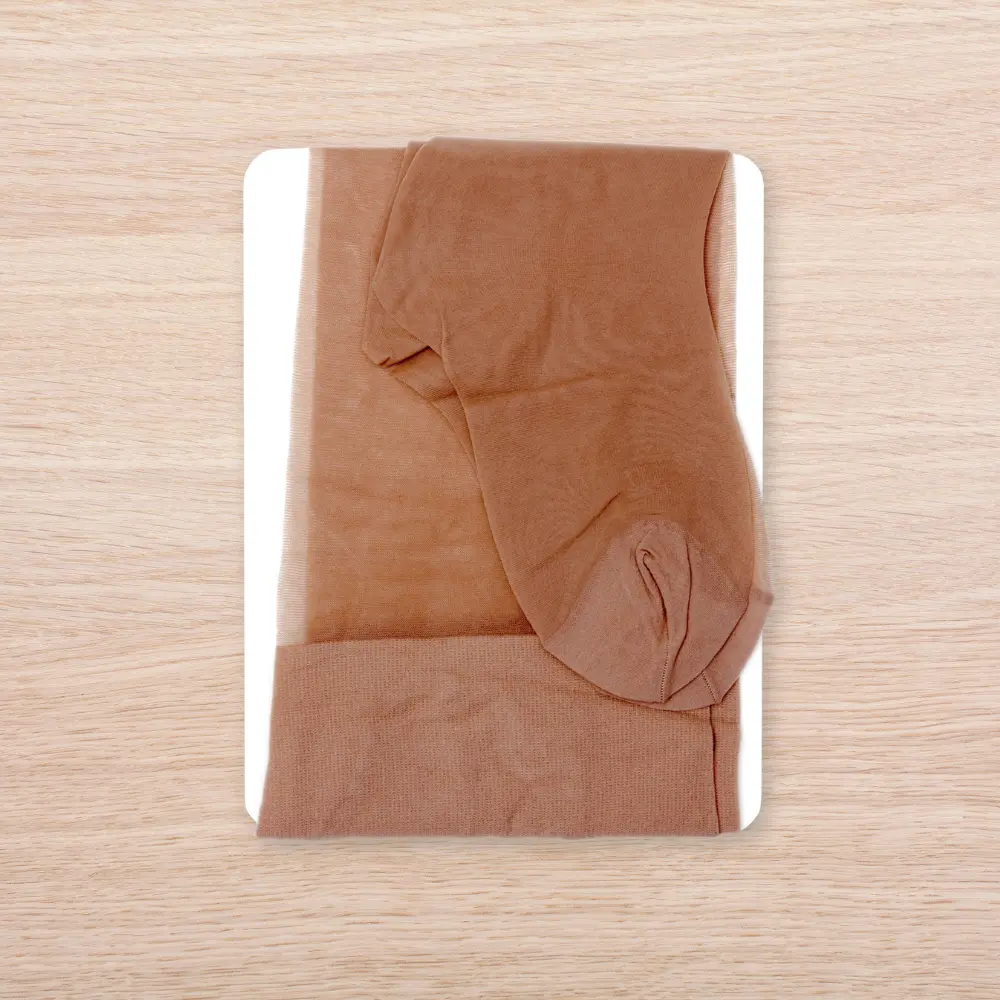
Believe it or not, clean nylon pantyhose can act as a fantastic coffee filter substitute.
- Take a clean, unused section of the pantyhose and stretch it over your coffee cup or pot.
- Add your coffee grounds directly into the makeshift pantyhose filter.
- Pour hot water over the grounds and let your coffee brew.
This method effectively catches the coffee grounds and allows the flavorful coffee oils to pass through, resulting in a rich and full-bodied brew.
Using a Reusable Tea Bag

Similar to a coffee sock, reusable tea bags can be a practical coffee filter substitute. They work best for single servings of coffee and are especially handy for making coffee while traveling or camping.
- Place your coffee grounds into the reusable tea bag.
- Steep the bag in hot water, just like you would with a tea bag.
- Remove the bag when your coffee reaches your desired strength.
Remember to clean the reusable tea bag thoroughly after use to prevent any residual coffee taste from affecting your next brew.
DIY Perforated Foil Filter
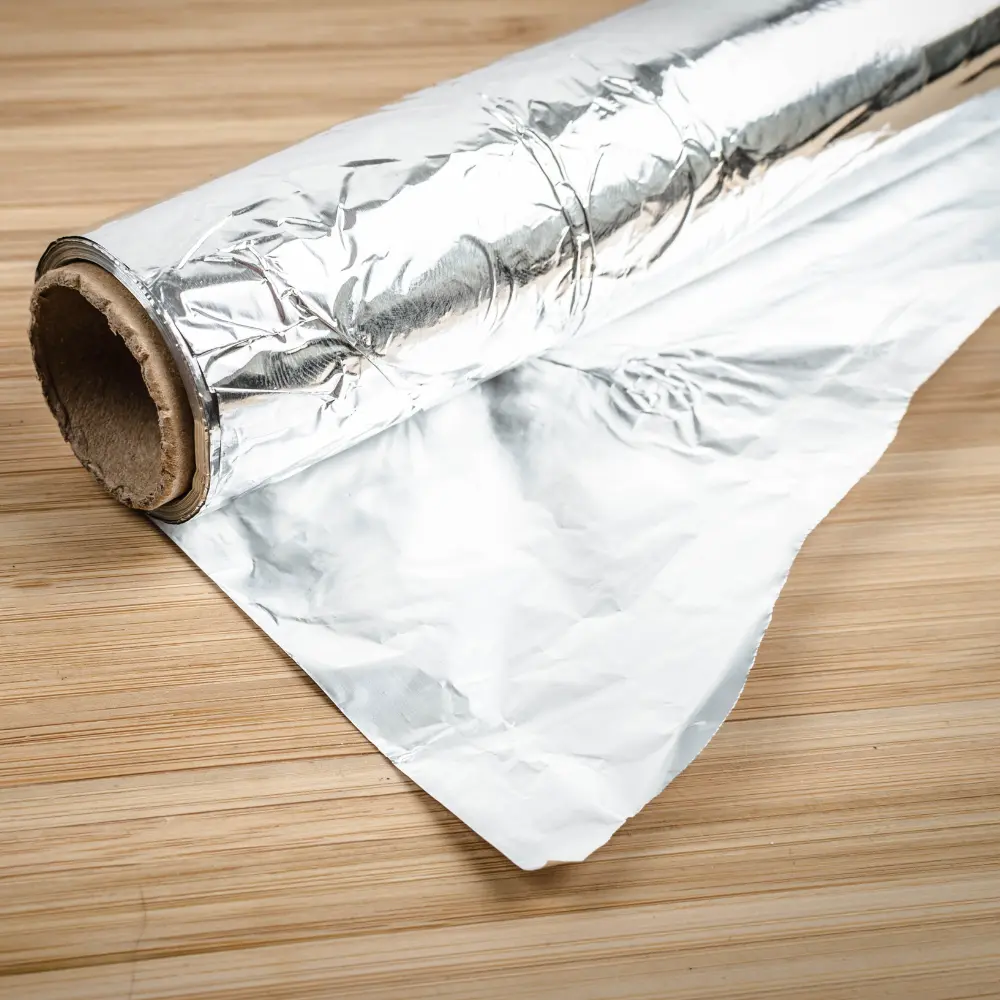
If you’re up for a real DIY project, try creating a coffee filter substitute from aluminum foil.
- Cut a piece of aluminum foil large enough to fit your filter basket.
- Carefully perforate the foil with a needle or pin, creating small holes for the water to drip through.
- Shape the foil into your filter basket, add your coffee grounds, and brew as usual.
Keep in mind that this method may not filter out all of the fine coffee particles, but it’s a creative solution when you’re in a tight spot.
These innovative DIY solutions provide practical, and often environmentally-friendly, alternatives to traditional coffee filters. With a little creativity and resourcefulness, you’ll never have to worry about running out of coffee filters again.
Making Coffee Without a Filter: The Filterless Brew Methods
When it comes to enjoying a hearty brew, not having a coffee filter doesn’t mean you have to compromise. There are several traditional and innovative methods of making coffee that don’t require a filter at all. These filterless brew methods make use of simple techniques and everyday items to ensure you still get that desired caffeine kick. Let’s explore how you can substitute a coffee filter with these brewing methods.
The Cowboy Coffee Method
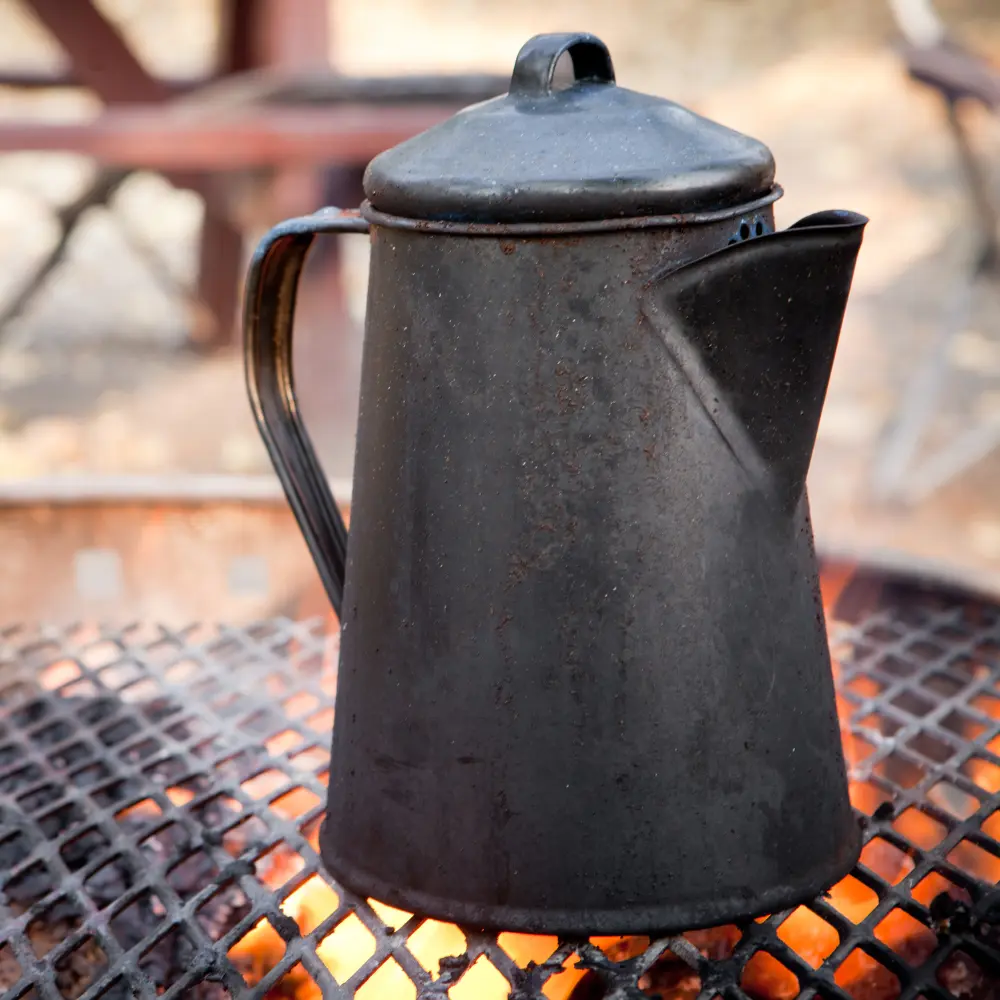
The Cowboy Coffee method is as rustic as it sounds, reminiscent of cowboys brewing their coffee on the open range. Here’s how to do it:
- Boil water in a pot or kettle.
- Once the water is boiling, add your coffee grounds directly into the pot. Use approximately one tablespoon of coffee for every cup of water.
- Let the mixture boil for about 2 minutes, then remove it from the heat.
- Let it sit for another 4-5 minutes. The coffee grounds will sink to the bottom.
- Carefully pour the coffee into your cup, trying not to disturb the grounds at the bottom of the pot.
This method might leave some sediment in your cup, but it creates a robust, full-bodied brew that’s rich in flavor.
The Eggshell Trick
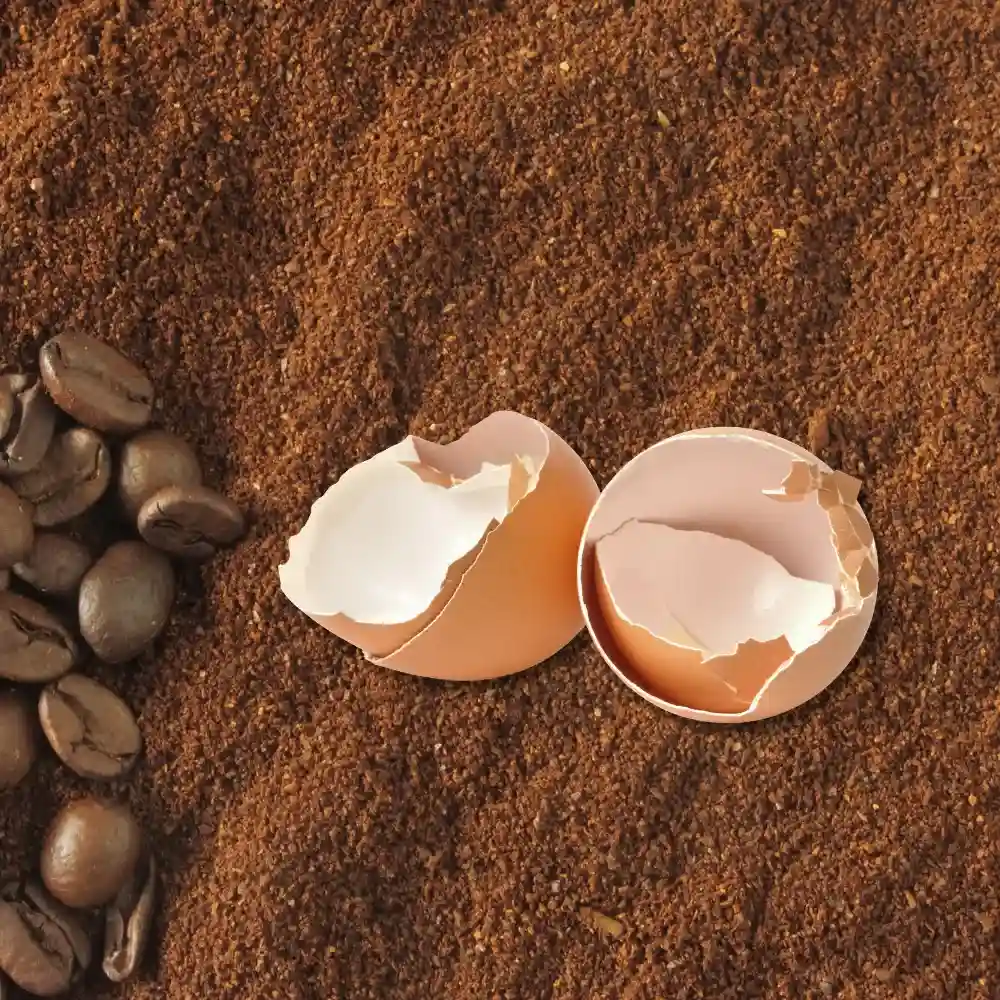
The Eggshell Trick is an old-fashioned method that uses eggshells to clarify the coffee and help the grounds to settle.
- Boil water in a pot.
- Crush an eggshell (from a freshly used egg) and mix it with your coffee grounds.
- Once the water is boiling, add the eggshell and coffee ground mixture into the pot.
- Boil for a few minutes, then remove from heat and let it sit for about 4-5 minutes.
- As with the Cowboy Coffee method, carefully pour the coffee into your cup, leaving the grounds and eggshells at the bottom of the pot.
The eggshells help to clarify the coffee and reduce bitterness, creating a smooth and unique flavor profile.
French Press: A Perfect Filterless Alternative

The French Press coffee maker is a popular brewing method that doesn’t require a traditional filter. It uses a plunger with a metal mesh filter to separate the grounds from the coffee. (1)
- Add your coarsely ground coffee to the French Press. Use approximately one tablespoon of coffee for every 4 ounces of water.
- Pour hot water (just off the boil) over the grounds, just enough to saturate them, and let the coffee bloom.
- Wait about 30 seconds until the coffee finishes bubbling.
- Continue pouring your water until you reach your coffee-to-water ratio.
- Let the coffee steep for about 4 minutes.
- Slowly press down the plunger, which pushes the coffee grounds to the bottom of the press.
- Pour the coffee carefully into your cup, ensuring the plunger keeps the grounds at the bottom.
The French Press brewing method produces rich, full-bodied coffee and is a perfect, reusable coffee filter substitute.
Each of these filterless brew methods offers a unique taste experience, adding a touch of novelty to your coffee routine. Regardless of the method you choose, the end result is a delicious cup of coffee that might even make you forget about filters altogether!
Making the Best Out of Your Coffee Filter Substitutes
Embracing coffee filter substitutes requires a bit of practice and patience. Whether you’re using a DIY cloth filter or brewing cowboy-style, the objective remains the same: to create a flavorful cup of coffee. This section will provide some useful tips to help you make the most out of your coffee filter substitute, as well as some common mistakes to avoid, ensuring you get that perfect brew every time.
Tips to Get the Perfect Brew with Substitutes

Experimenting with coffee filter substitutes can yield surprisingly delightful results. Here are a few tips to help you along the way:
- Always ensure that whatever you’re using as a substitute is clean and free of any strong odors that might affect the taste of your coffee.
- When using cloth substitutes, select materials that are not too thick to ensure the water can pass through easily. Too thick and the water might not percolate; too thin and the coffee grounds might escape into your brew.
- When brewing filterless coffee, let the grounds settle at the bottom of your pot or cup before drinking. This can reduce the amount of sediment in your final cup.
- Experiment with different coffee-to-water ratios. Different substitutes might require slight adjustments to get your preferred strength and flavor.
Common Mistakes to Avoid when Using Filter Substitutes
While using a coffee filter substitute can be a lifesaver, there are common mistakes to avoid:
- Avoid overfilling your substitute filter. Too many grounds can lead to overflow or block the flow of water.
- Be gentle when pouring hot water over cloth or paper substitutes. Pouring too fast can tear the material and result in coffee grounds in your brew.
- Be careful not to pour all the coffee when using filterless methods, as this can disturb the settled grounds.
Maintaining and Cleaning Your DIY Coffee Filters
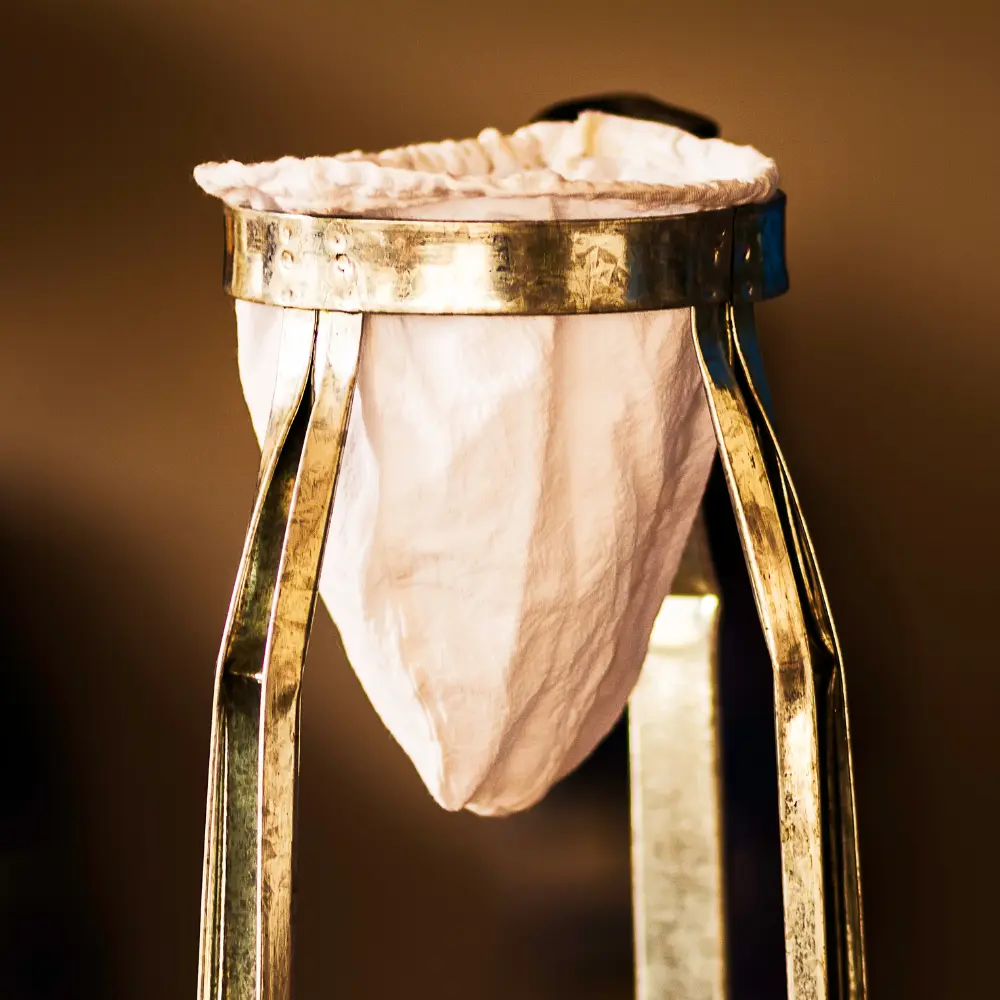
Maintaining your DIY coffee filters is as important as the brewing process itself. A properly cleaned and stored filter will ensure a fresh and flavorful brew every time.
- After using cloth filters, rinse them thoroughly to remove all the coffee grounds. Consider using a mild detergent if necessary. Ensure the filter is completely dry before storing it to prevent mold growth.
- For metal or plastic substitutes, a warm soapy water rinse should suffice. For deeper cleans, consider a vinegar-water solution to remove any build-up.
- If you’re using disposable substitutes like paper towels or napkins, dispose of them responsibly after each use.
Navigating the world of coffee filter substitutes can be a thrilling adventure, a journey filled with experimentation and discovery. With these tips and precautions in mind, you’ll be able to enjoy a fantastic cup of coffee, even when your standard coffee filter isn’t available. Whether you’re in the wilderness or just out of filters at home, remember – necessity is the mother of invention, and a great brew is always possible.
Conclusion
In the world of coffee brewing, versatility is key. Our exploration of coffee filter substitutes has shown that you don’t need to miss out on that much-needed cup of coffee when you’re out of standard filters. From household items like paper towels and cheesecloth to innovative DIY solutions such as cloth filters and coffee socks, there’s always a way to brew your perfect cup.
Even more, filterless brewing methods like Cowboy Coffee, the Eggshell Trick, or using a French Press can offer unique and flavorful coffee experiences that might inspire you to mix up your brewing routine more often.
The essential element in all these methods is your willingness to experiment. Each substitute or method will bring out different flavors and strengths in your coffee, allowing you to explore and discover your personal preferences.
Remember, the journey to finding the perfect coffee filter substitute can be just as rewarding as the taste of your favorite brew. After all, coffee is not just a beverage; it’s an experience, a ritual, and, most importantly, a moment of pleasure. Keep brewing and keep exploring, because the perfect cup of coffee is always within your reach.
FAQ
How does using a coffee filter substitute affect the taste of the coffee?
Using a coffee filter substitute can slightly alter the taste of the coffee, sometimes leading to a richer and bolder flavor depending on the substitute used.
Can I make coffee without a coffee filter?
Yes, you can make coffee without a filter using methods like Cowboy Coffee, the Eggshell Trick, or by using a French Press.
How do I clean my DIY coffee filter?
Depending on the material, DIY coffee filters can be cleaned by thoroughly rinsing and air-drying, or by washing with mild soap and water.
Is a coffee filter substitute safe to use?
Yes, coffee filter substitutes are safe to use, as long as the materials are clean, heat-resistant, and free from any substances that could harm health or alter the taste of your coffee.





